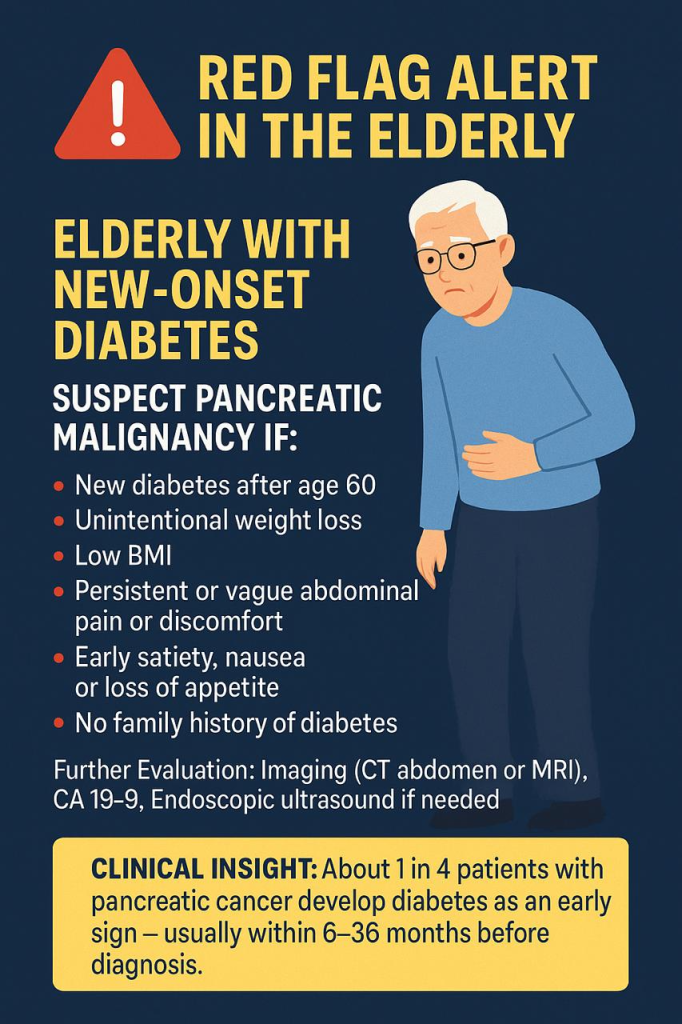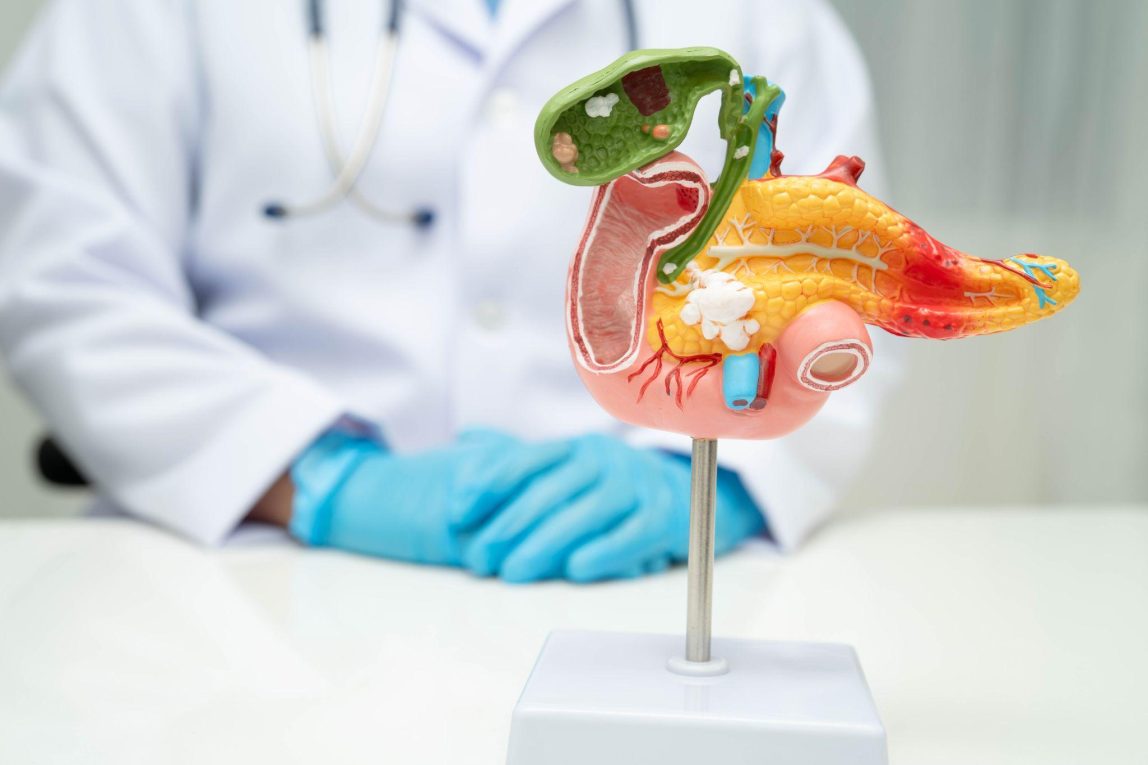The pancreas is a powerhouse organ that plays a vital role in our digestion and helps keep our blood sugar levels in check. But when abnormal cells start to multiply uncontrollably, they can throw a wrench in these essential functions. The tricky part? Early symptoms can often mimic everyday digestive troubles, which can lead to delays in getting the right diagnosis.
By staying alert to these warning signs, you can be proactive about your health and seek medical attention when it matters most. Let’s keep ourselves informed and take charge of our well-being!
10 Early Warning Signs of Pancreatic Cancer
1. Persistent Abdominal Pain
One of the most common pancreatic cancer symptoms is pain in the upper abdomen that may radiate to the back. Unlike temporary stomach discomfort, this pain lingers and worsens over time.
2. Unexplained Weight Loss
Sudden, unintended weight loss without changes in diet or activity level may be linked to the way pancreatic tumors interfere with digestion and nutrient absorption.
3. Loss of Appetite
A decreased desire to eat or feeling full quickly is another subtle but important symptom. Tumors pressing on nearby organs can make eating uncomfortable.
4. Jaundice (Yellowing of Skin and Eyes)
When the bile duct is closed off by a tumor, the bile duct is distended with bile that spills into the blood, causing jaundice. This causes the skin and sclera of the eyes to turn yellow.
5. Digestive Problems
People often say they have bloating, indigestion, and nausea. Tumors can mess with the pancreas’s ability to break down fats and proteins.
6. New-Onset Diabetes
Insulin is made by the pancreas. If you suddenly get diabetes after age 50 and don’t have any risk factors, it could mean that your pancreas isn’t working right.
7. Fatigue and Weakness
Cancer cells use up a lot of the body’s energy, which can make patients feel very tired even after getting enough sleep.
8. Blood Clots
Pancreatic cancer sometimes increases the risk of blood clot formation, especially in the legs (deep vein thrombosis). Swelling, pain, and redness may occur.
9. Itchy Skin
Bile salts can build up under the skin and cause itching in people with jaundice. This may seem like a small problem, but it could be a sign of a bigger problem.
10. Changes in Stool
Greasy, foul-smelling, or floating stools may indicate fat malabsorption, as the pancreas is not producing sufficient digestive enzymes.
What Causes Pancreatic Cancer?
The pancreatic causes include:
- Genetic mutations: Inherited changes in certain genes can increase risk.
- Family history: Having close relatives with pancreatic or related cancers raises the possibility.
- Lifestyle factors: Smoking, obesity, and long-term heavy alcohol use contribute significantly.
- Chronic pancreatitis: Long-standing inflammation of the pancreas is linked to higher risk.
- Age and gender: The disease is more common in people over 60, with men slightly more at risk.
Although these factors do not guarantee the disease, they explain what causes pancreatic cancer in many patients.
Types of Pancreatic Cancer
Not all pancreatic cancers are the same. Doctors classify them based on where the cancer begins in the pancreas and the cell types involved:
- Exocrine Pancreatic Cancer – This is the most common type, usually adenocarcinoma, which starts in the ducts that carry digestive enzymes.
- Endocrine Pancreatic Cancer (Pancreatic Neuroendocrine Tumors) – These are less common and develop in hormone-producing cells. They tend to grow slower than exocrine cancers but still require careful treatment.
Is Pancreatic Cancer Curable?
This is one of the most frequently asked questions. The answer depends on the stage at diagnosis.
- Early-stage cancer: If discovered before spreading, surgery combined with chemotherapy may offer a potential cure.
- Advanced-stage cancer: Once it has spread to other organs, treatment focuses on extending life and improving quality rather than a complete cure.
So, is pancreatic cancer curable? – Yes, but only if caught early. That’s why awareness of early symptoms is so crucial.
Pancreatic Cancer Treatment
Treatment options depend on the stage and type of pancreatic cancer, as well as the patient’s overall health. Some of the standard approaches include:
- Surgery: For eligible patients, surgical removal of the tumor (Whipple procedure or distal pancreatectomy) is the best chance for long-term survival.
- Chemotherapy: Used either before surgery to shrink the tumor or after surgery to kill remaining cancer cells.
- Radiation therapy: Sometimes combined with chemotherapy to target tumor cells.
- Targeted therapy and immunotherapy: Emerging treatments that focus on specific cancer cell characteristics or boost the body’s immune response.
- Palliative care: For advanced cases, treatments focus on symptom relief and improving quality of life.
Conclusion:
Although pancreatic cancer is a dangerous condition, early detection and improved prognoses can be achieved by being aware of the warning signals. You should visit a doctor immediately if you experience symptoms such as abrupt onset diabetes, jaundice, unexplained weight loss, or persistent abdomen pain.
Understanding the origins of pancreatic cancer, its various types, available treatments, and the crucial question of “is pancreatic cancer curable?” can help patients and caregivers make informed decisions.


